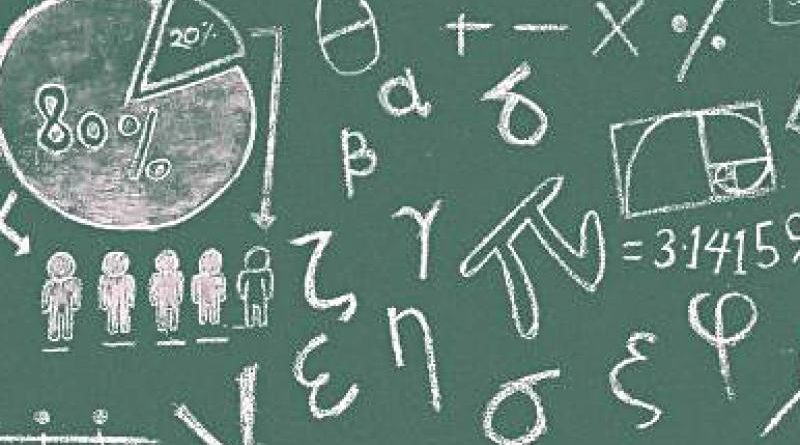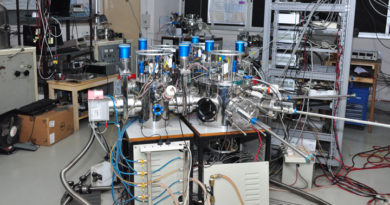Scientific Temper & Computer Graphics
Vijay Kumar Singh 1 S.P Varma 2
- Assistant Professor
Department of IT
L.N. Mishra College of Business Management, Muzaffarpur
vijaybakhiya@gmail.com, mob:-9931273726
2. Ex-Faculty
P.G Department of Mathematics
B.R.A.B. University, Muzaffarpur
Abstract: “[What is needed] is the scientific approach, the adventurous and yet critical temper of science, the search for truth and new knowledge, the refusal to accept anything without testing and trial,” —Jawaharlal Nehru. Now in this age of Information technology a vast area is covered for Image designing using Computer graphics. Computer graphics generally means Creation, storage, manipulation of Images using Geometric Transformations. The Changes rapidly done in the field of computer graphics have made representation of real world images possible. In this paper we propose to introduce some key ideas in computer graphics using principles of mathematics.
Key Words: Scientific temper, Computer Graphics, Information Technology, Transformations
INTRODUCTION
“The search for truth and new knowledge, the refusal to accept anything without testing and trial,” The words of Jawaharlal Nehru in Discovery of India 1946 were about the life.
The Computer Graphics: Graphics provides one of the most natural means of communicating with a computer, since our highly developed 2D and 3D pattern-recognition abilities allow us to perceive and process pictorial data rapidly and efficiently.
Computer graphics is the generation of pictures on the computer and is widely used in areas including scientific visualization, business graphics, computer-generated motion pictures, and video games. An important part of computer graphics is the representation, transformation, and display of objects in both two- dimensional and three-dimensional space.
In interactive drawing programs or computer animation, graphical objects often must be manipulated by operations such as translation, scaling, rotation, reflection and shearing. The transformation is applied to the vertices representing the object, and then the polygon with these new coordinates is drawn.
TRANSLATION: Translation can move an object from one location to another location in a coordinate plane. A translation value Tx is added in to the x coordinate and Ty is added to y Coordinate.
SCALING: Scaling can change the size of an object. The scale factor Sx and Sy is multiplying to its X and Y coordinates to get the new coordinates points.
ROTATION: Rotation is the transformation that rotates an image with an angle. The given equation is use to get the new coordinate points of an object.
REFLECTION: Reflection is use to generate the mirror image of an object. It is like the rotation where angle of rotation will be 180 degree.
SHEARING: Shearing is the transformation that distorts the shape of an image. A Shear Value Shx and Shy is use.
To shear an image in X direction we use
X’= X+Shx
Y’=Y
To shear an image in Y direction we use
X’= X
Y’=Y+Shy
We study and check the effects of the different transformations on an image. We use the composition of translation and rotation.
The Translation with tx and ty followed by rotation by angle α where α ≠ 0.
T RT is
1 0 tx Cosα –sinα (1-cosα).X+sinα.Y
0 1 ty Sinα cosα (1-cosα).Y-sinα.X
0 0 1
0 0 1
Cosα -sinα tx.cosα-ty.sinα+(1-cosα)X +sinα . Y
=
sinα cosα tx.sinα + ty.sinα+(1-cosα)Y-sinα.X
0 0 1
Rotation about any point (x,y) followed by the translation with tx and ty
T TR is
Cosα –sinα (1-cosα).X+sinα.Y
1 0 tx
Sinα cosα (1-cosα).Y-sinα.X 0 1 ty
0 0 1 0 0 1
Cosα -sinα (1-cosα).X+sinα.Y+tx
= sinα cosα (1-cosα).Y-sinα.X+ty
0 0 1
Now the
T RT ≠ T TR
CONCLUSION:
It is obvious that when we use two successive transformations such as translation followed with rotation & then rotation followed with translation on the same object the resultant position of the object is not the same.
References:
- Anirban Mukhopadhyay and Arup Chattopadhyay (2007) Introduction to Computer Graphics and Multimedia Vikas Publication
- Donald Hearn and M. Pauline Baker (2006) Computer graphics C version second Edition Pearson Education
- Rogers, D.F and Adams ,J.A (1990) Mathematical Elements for Computer Graphics McGraw-Hill
- P.L Gautam (2004) History and Culture of Ancient India Tata McGraw-Hill



